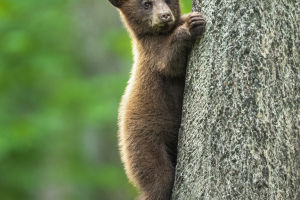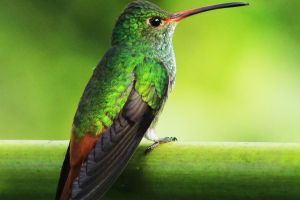In the vast realm of nature, avian groups exhibit astonishing diversity and grandeur.
Among these avian ensembles, cranes stand out as a distinguished and elite faction.
Their graceful aerial maneuvers, regal physiques, and enigmatic lifestyles captivate the imagination. However, doubts have arisen regarding the avian status of cranes. Today, let us embark on a journey to explore this intriguing question.
The Origins and Taxonomy of Cranes
Cranes, in the order Ciconiiformes, represent a species characterized by their substantial size, elongated legs and necks, and adeptness in flight. Their lineage traces back millions of years, evolving into many species thriving across every continent.
Within the biological taxonomy realm, there is an unequivocal consensus that cranes are indeed members of the class Aves.
Distinctive Features of Cranes
Cranes share many fundamental avian traits, including endothermy, plumage, oviparity, and beaks. Yet, juxtaposed with their avian counterparts, cranes boast a suite of distinctive characteristics:
1. Long Neck and Limbs: Noteworthy physical attributes of cranes encompass their elongated necks and legs, facilitating facile foraging within wetlands, marshes, and diverse ecosystems.
2. Elegant Aerial Prowess: Renowned for their graceful flight, cranes execute aerial ballets with fluttering wings, exuding an unparalleled aura of poise and sophistication.
3. Gregarious Nature: Cranes typically form communal roosts and exhibit intricate social hierarchies, underscoring their predisposition towards cohesive group dynamics.
4. Reproductive Behaviors: During the breeding season, cranes partake in a repertoire of distinctive behaviors, including courtship rituals, nest construction, and nurturing of offspring. These rituals epitomize the unique biological idiosyncrasies of cranes.
Ecological Significance of Cranes
Cranes assume a pivotal role within ecosystems. Their dietary preferences, predominantly comprising insects, small fish, crustaceans, and assorted fauna, contribute to pest control and ecological equilibrium.
Moreover, cranes serve as invaluable bioindicators of wetland ecosystems; their presence and population dynamics serve as barometers of wetland health.
Human-Crane Interactions
Cranes occupy a revered position within human cultural tapestries. Across diverse cultures, cranes symbolize auspicious omens, longevity, and aristocracy, exemplified by their prominence in Chinese and Japanese folklore.
Nevertheless, human activities pose existential threats to specific crane populations, encompassing habitat degradation, poaching, and environmental pollution, imperiling the survival of these majestic birds.
In Conclusion
In summation, cranes reign as avian aristocrats, embodying the epitome of elegance in flight. Their distinctive attributes, ecological significance, and cultural resonance underscore their unequivocal avian lineage.
Thus, cranes represent avian splendor and epitomize a remarkable cohort of organisms deserving of our reverence and conservation efforts.


